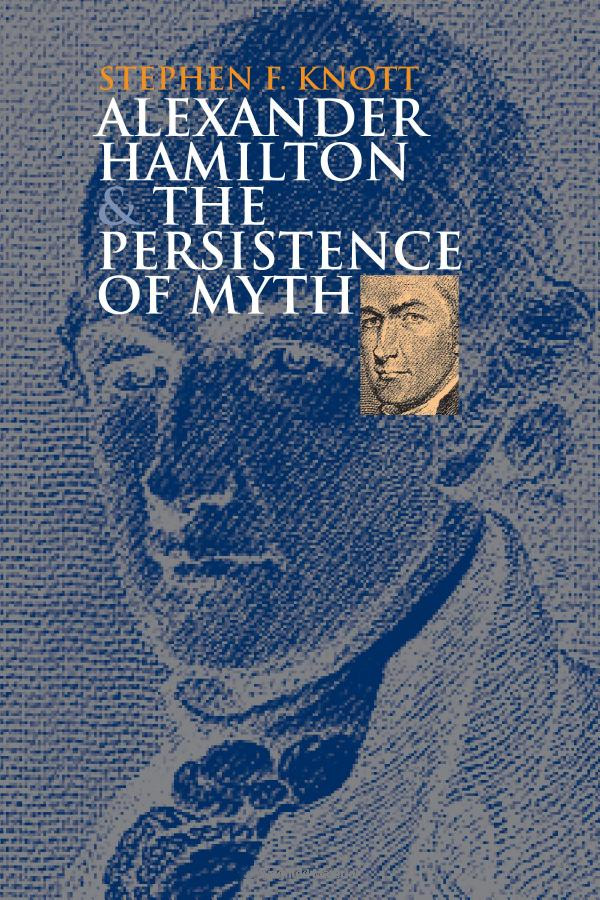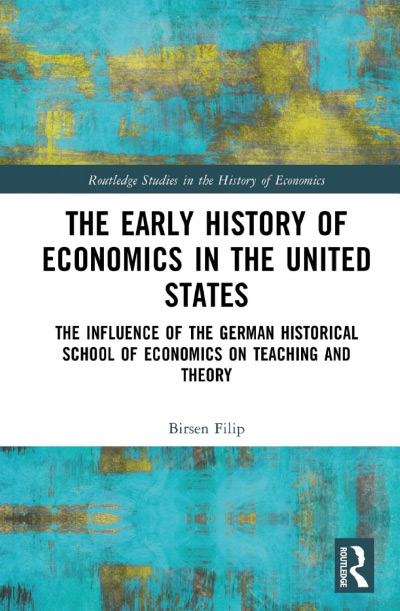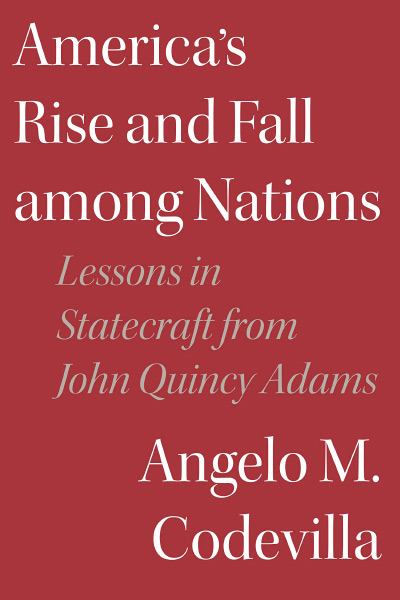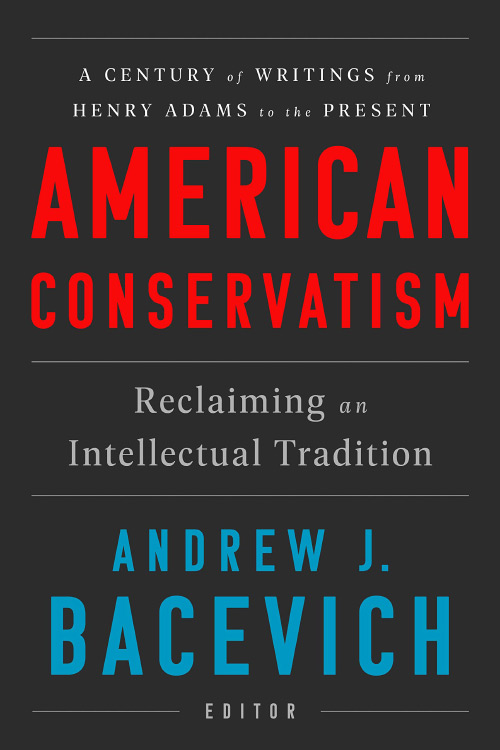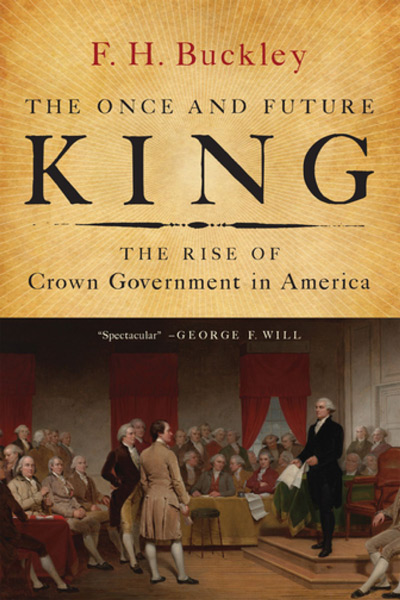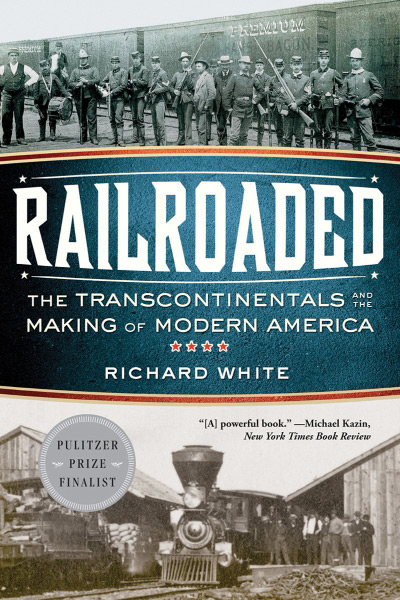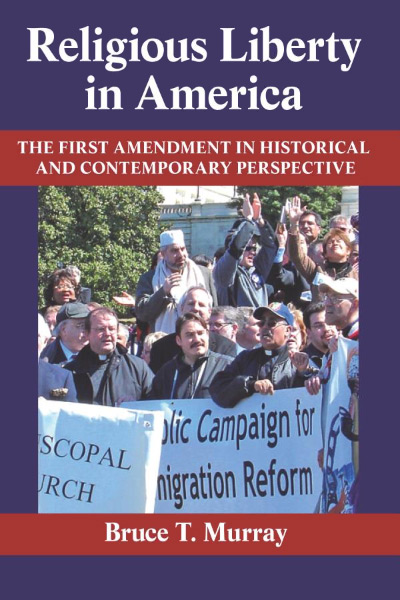Stephen F. Knott has written an important extended historiography of the scholarly and political reputation of Alexander Hamilton from his untimely death at the hands of Aaron Burr to the present. It is a story well worth telling, and Knott makes valuable points about accuracy and bias in scholarship that political scientists and historians should take to heart no matter what their political leanings or their views of Hamilton. For these points alone, the book well deserves the attention of those interested in the Founders and American political thought.
Although the book succeeds up to a point in its primary aim to dispel myth and to correct the historical record about Hamilton’s place in history, it ultimately falls short of the mark. In the end, it ends by substituting modern-day Hamiltonian myths for supposedly Jeffersonian myths. That regrettable outcome attests that Hamilton is perhaps too important a Founder to be surrendered to Hamiltonians, whether they be those of Hamilton’s own day, such as Fisher Ames, who was far more critical of the common man than was Hamilton, or present-day champions, such as Knott.
In fact, Hamilton shared a much larger context with other Founders, such as John Adams, James Madison, James Wilson, and, yes, even Thomas Jefferson, author of the Declaration of Independence, a founding document not to be dismissed lightly. From this context, Americans draw their distinctive political traditions, and no matter how great the temptation, we should resist the urge to extract a particular individual for elevation as prophet or denunciation as scoundrel. Now more than ever, Americans need to pay greater attention to what the Founders held in common. In this way, we might understand better our unique political heritage and thus avoid sinking to the level of the framers’ all-too-human foibles and failings.
Despite his favoritism for his subject, Knott has come admirably close in certain particulars, and we should not lose sight of them. These points rescue the work and make it an important contribution to the dialogue about the founding.
Among the most interesting controversies that Knott investigates is that much-quoted statement ascribed to Hamilton, but never substantiated, that the people are “a great beast.” This declaration was first attributed to Hamilton by Theophilus Parsons Jr., who in turn had heard it secondhand from his father. Rather than taking care to note this shaky foundation, writers with an axe to grind against Hamilton have cited the remark continually as if it were proven. Knott masterfully traces this development from Henry Adams, who inherited his family’s disdain for Hamilton, up to modern writers who justify it on the spurious ground that “it does sound just like him” (pp. 74, 207).
Knott hits the bull’s eye when he reminds readers that Hamilton never opposed representative government and that the other Founders, including Jefferson, harbored suspicions of unrestrained democracy. In their view, democracy was just one more element in a legal system designed to administer justice under law. It played an essential role in the constitutional order, but it could not be the sole instrument restraining power in a limited government. In the absence of other institutional checks and balances, majority tyranny constitutes a real threat (p. 217).
Knott takes pains to observe that Hamilton, for all his support of the efficient exercise of government authority, still believed firmly in limited government, as noted especially in his early writings in 1774 and in his essays as Publius (pp. 169, 200, 215–16). Knott is also attentive to the works of scholars who have tried to narrow the political divisions among the Founders, such as the important writings of Martin Diamond (pp. 199–200). He points out perceptively, “Our major institutions no longer function as Hamilton or any of the framers intended, with the exception of the House of Representatives” (p. 231).
Yet, despite these important, salutary corrections of the historical record, the temptation to create an alternative myth apparently became too great for Knott by the end of his study. In assessing Hamilton’s legacy, he moves rapidly from the balanced position that Hamilton was responsible “in many ways” for America’s most innovative institutions to the heroic, mythological assertion that it was “Hamilton’s institutions that gave us the greatness and the power that allowed Americans to pursue happiness” (pp. 214, 229).
The grandness of this assertion is breathtaking, reminding us of the observation often made of biographers that they eventually take on the characteristics of their subjects—in this case, a kind of bravado reminiscent of Hamilton himself. Equally disturbing is the transformation of Hamilton from a person who affirmed liberty as his main goal in the revolution (p. 200) to a person whose “true goal was the creation of national instruments of economic and political power necessary for greatness” (p. 222). Suddenly, Hamilton becomes The Founder. As Knott writes, “he alone among the principal founders championed an American spirit of enterprise that eventually transformed a Third World nation into the greatest economic power ever known” (p. 223).
The tone is misleading. Knott seems to believe that Hamilton’s “system”—his Bank of the United States, his consolidation and promotion of a national debt, his defense of protective tariffs—gave rise to America’s growth and prosperity. The reader must recall that Hamilton’s protectionism was not implemented, his bank was eventually abandoned, and nearly a third of the debt was paid off during Jefferson’s presidency. As helpful as the federal assumption of state revolutionary debt might have been to the financial sector, that accomplishment alone hardly explains America’s growth. To understand the source of prosperity in America, one should read Douglass C. North’s Economic Growth of the United States, 1790–1860 (Englewood Cliffs, N.J.: Prentice-Hall, 1961), which shows that early wealth creation sprang from international trade and the “underlying forces of a market economy” (p. vii), not from any particular institutional or political policy.
Edwin Perkins gives a more balanced assessment of Hamilton’s institutional contribution in American Finance and Financial Services 1700–1815 (Columbus: Ohio State University Press, 1994), where he notes: “What emerged in the first decade of the nineteenth century was essentially a Jeffersonian-Hamiltonian hybrid. The nation possessed a maturing capital market, fulfilling Hamilton’s dream, but its core steadily shifted away from public bond issues, which drew on tax revenues, toward the securities of a multitude of private firms, most of which were concentrated in the financial services sector” (pp. 8–9). Knott, however, is carried away by his exuberance to exclaim that it is Hamilton’s “economic system whose fruits we enjoy” (p. 229).
Hamilton did not invent capitalism or create the American spirit of enterprise, but if by Hamilton’s “economic system” Knott has in mind the modern regulatory state, with its powerful financial agencies, such as the Federal Reserve, he is simply mistaken. First, they are not the same institutions Hamilton envisioned. Second, our modern agencies of financial and monetary regulation often have worked against economic growth, and they are the upshot of earlier failed interventions that severely impeded development. Has Knott forgotten Milton Friedman’s account of the Federal Reserve’s responsibility for the depth of the Great Depression? Or Vera Smith’s history of money and banking in the late nineteenth century?
Perhaps Knott’s inattention to the realities of economic success in the United States stems from an excessive concern with government. By focusing too much on statecraft and leadership, he loses sight of the nonpolitical aspects of the Old Whig tradition from which early American ideas arose. Limited government was important because it protected the larger realm of dynamic social relationships that made up what was generally understood as civil society, the realm produced by the freedom of individuals to associate voluntarily for a myriad of reasons, including fellowship, faith, philanthropy, and commerce. By focusing too much on the political, we tend to lose sight of the essential ends for which the virtues of a Cincinnatus were to be exercised.
This oversight may explain why Knott does not press his advantage to expose not only the myths perpetrated by New Deal–era historians against Hamilton, but also their flagrant misuse of Jefferson. Knott certainly touches on this matter (pp. 119–40), and at times he seems to be ready to strike home, as when he cites Nicholas Murray Butler’s call for the Democrats to “return to their Jeffersonian roots and abandon their policies of ‘compulsion’ and ‘governmental regimentation’” (p. 135). But then, strangely, he backs away, leaving Jefferson to the left and forgoing a wonderful opportunity to extend and deepen his general thesis. He might have rescued Jefferson from the Jeffersonians! Instead, he embraces in part the fallacy of modern Democrats that Jefferson was committed to simple majoritarianism and equalitarianism.
Knott sees no need to extrapolate further on the affinity of some early New Dealers, including FDR, for Hamilton’s desire to expand federal power. He simply notes the New York Times report that “the Democrats are now far more Hamiltonian than Hamilton ever was” and then observes that “most Democrats realized how politically unpalatable it would be to adopt Hamilton as an icon. A century’s worth of rhetorical assaults had succeeded in portraying him [Hamilton] as a hard-hearted, dictatorially inclined plutocrat” (p. 135). Knott merely laments that the New Dealers did not recognize one of their own, a forebear who was neither a plutocrat nor an opponent of big government.
Hamilton, like all the leaders of the American Revolution, was a Whig who affirmed individual liberty. He was perhaps the most centralizing of them all, the most critical of democracy, the most willing to exercise government power, but, for all that, he cast his lot with republicanism and independence. Few could match his pen for verve and clarity when in 1774 he set out to defend the American cause. Yet he had his faults, and Knott takes note of them (p. 229).
Hamilton’s intemperateness and haughtiness sprang from political frustrations and impatience. Of all the Founders, he was perhaps the most impatient to see his country succeed grandly. From this defect arose some serious flaws in his political and economic thought, flaws that would challenge, by some accounts, the very liberty he affirmed earlier in his career.
Eager to obtain a national bank and all the benefits of banking as quickly as possible, without waiting for the growth of state and private banks, Hamilton promoted the doctrine of “implied powers” to secure these objectives. Knott seems to accept that doctrine as a necessary administrative measure of good government (p. 222). It was, however, a dramatic break with Hamilton’s earlier defense of the Constitution as a limited grant of specific powers, in which “in strictness, the people surrender nothing; and as they retain every thing, they have no need of particular reservations” (Federalist no. 84). In that context, no need existed for a Bill of Rights because what is not “in strictness” given is retained. No wonder, then, Madison’s surprise when the Constitution was alleged to have countenanced the incorporation of a national bank by nothing more than implication!
At the Constitutional Convention, Madison himself had moved for the power to establish corporations because he knew that no power to incorporate would exist without its explicit recognition, and he was in attendance when the convention explicitly rejected his motion. Hamilton’s doctrine was the very pinprick that began the great rending of the constitutional fabric that eventually allowed the passage of such gigantic freighters as the New Deal and the Great Society. To be fair, these much later developments were no part of Hamilton’s intention, but one can trace the evolution clearly from “implied powers” to the “living Constitution.”
I might go further to discuss Hamilton’s role in the suppression of the so-called Whiskey Rebellion, a role that Knott lets pass all too cavalierly. Rather than dwell on Hamilton’s defects, however, let us focus on his common heritage with the other leaders of his day, a heritage reinforced by a context in which government, even a Hamiltonian one, was simply too small to interfere with the greater order and energy of society. Americans should not aspire to the power and grandeur (whatever that might mean) of empire. They should not try to make of Hamilton a Solon, a Caesar, or even a Grenville.
At bottom, Hamilton was an American who defended the freedom of Americans to live under a limited, representative government with numerous protections in law of the right to own property, to contract freely, and to enjoy security against the abuses of power. In the defense of private contracts and the honoring of fiduciary responsibilities, he was among the most consistent champions of the founding generation. He might have slipped here and there, out of impatience and fear, but we can be thankful that in his day government was not so powerful that those defects proved fatal to liberty. The same would not be true today.
In our time, what form would a Hamiltonian revival take? I shudder to think, given how badly Jefferson’s ideas have been interpreted and applied. Knott, however, has a different reaction. For him, a Hamiltonian revival would mean a return to deliberation and statesmanship (p. 232). Would Hamilton’s ideas alone bring about this result, or would a Hamiltonian revival carry with it new institutional incentives to encourage a long-run view of the “common good”? Alas, Knott offers no clear answer. A Hamilton revival supposedly would entail a dampening of the spirit of “hyperdemocracy” or “participatory openness” that “has all but eliminated thoughtful decision making.” Room would be opened for more elite statesmanship, which would allow for a “rebirth of pride among the people in their political system” (p. 232).
Far more likely, we would have a government every bit as big as it is now (if not bigger) and every bit as powerful, but that government would have even less restraint than the meager control that popularity imposes on it now. It would, I fear, have the very defects of Hamilton himself. It would be haughtier and more impatient with the people it supposedly serves.
Today, our officials are often criticized for not being sufficiently responsive to the true interests of the people they represent because the nation is simply too big and the nation’s capital too remote. How would they act, however, if they openly believed in the elite superiority of their persons and their opinions, and if our say in matters made even less difference than it does now to the success of their careers? That’s a Hamiltonian wave I personally would not care to ride.
Hans L. Eicholz
Liberty Fund
| Other Independent Review articles by Hans Eicholz | |
| Winter 2008/09 | Pufendorf, Grotius, and Locke: Who Is the Real Father of America’s Founding Political Ideas? |
| Summer 2001 | American Compact: James Madison and the Problem of Founding |


